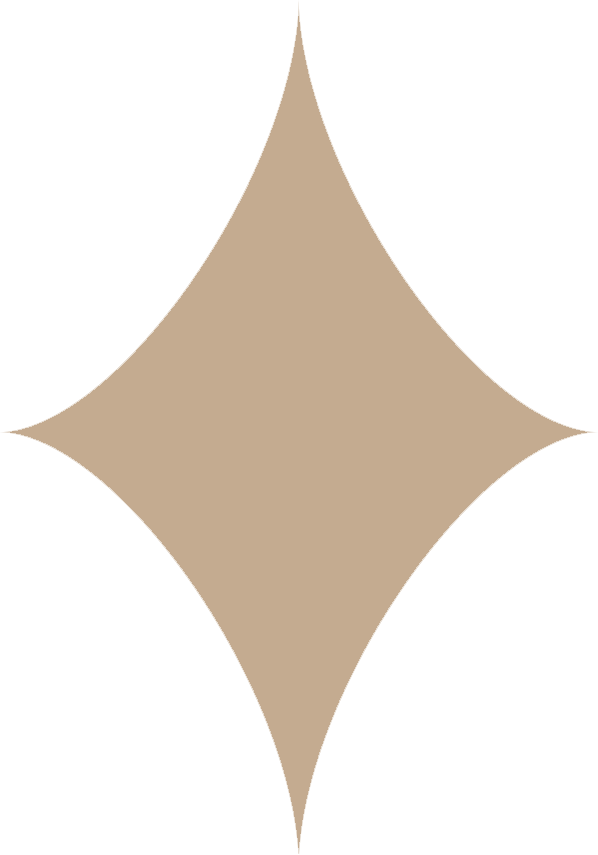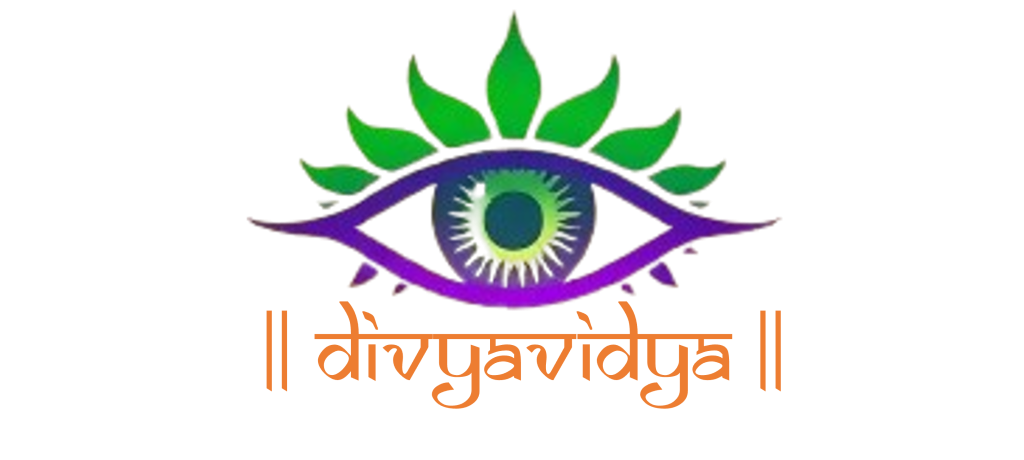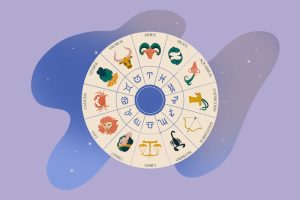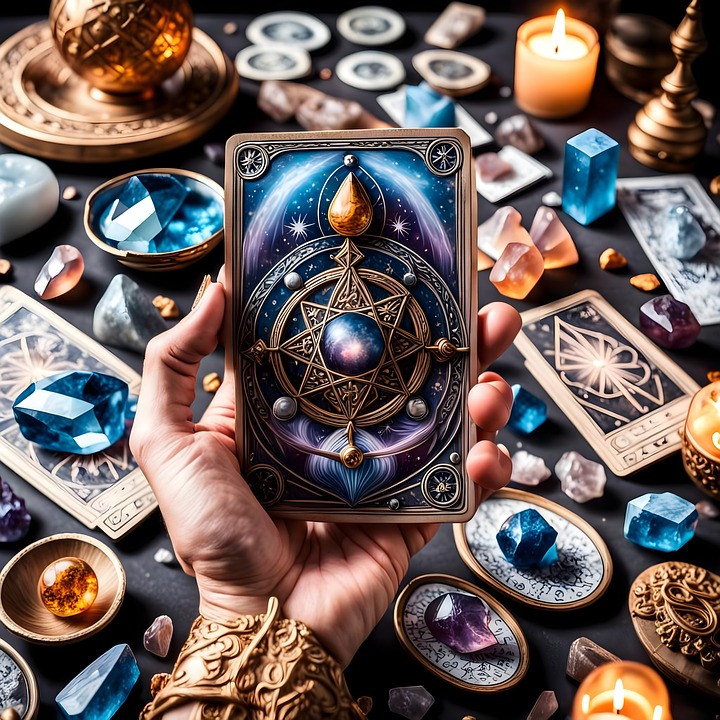
Mastering Tarot Card Reading: A Guide to Unlocking Your Inner Psychic Tarot card reading is a powerful tool for self-discovery, spiritual guidance, and personal growth. Whether you’re a beginner just starting your journey or someone looking to deepen your understanding, mastering the art of tarot can unlock your inner psychic abilities and provide profound insights into your life. In this comprehensive guide, we’ll explore various aspects of tarot reading, including techniques, card meanings, spreads, and tips for developing your intuition.
Understanding Tarot: A Brief Overview
At its core, tarot is a deck of 78 cards that serves as a tool for divination and self-reflection. The deck is divided into two main sections: the Major Arcana and the Minor Arcana.
- Major Arcana: This consists of 22 cards that represent significant life lessons, spiritual lessons, and karmic influences. Cards like The Fool, The Lovers, and Death each hold deep symbolism and insight.
- Minor Arcana: Comprising 56 cards, this section is divided into four suits (Cups, Pentacles, Swords, and Wands) that relate to everyday events and experiences. Each suit has its own themes, reflecting emotional, material, intellectual, and creative aspects of life.
Each card has its own meaning, and when interpreted together, they can reveal intricate stories and guidance.
The Importance of Intuition in Tarot Reading
One of the key aspects of mastering tarot is developing your intuition. While the traditional meanings of the cards are essential, your personal interpretation and feelings about the cards play a significant role in reading. Intuition allows you to tap into your inner wisdom and connect with the energy surrounding the situation at hand.
Developing Intuition
To cultivate your intuition, consider incorporating the following practices into your daily routine:
- Mindfulness Meditation: Spend a few minutes each day in silence, focusing on your breath and letting thoughts pass without attachment. This practice can help you become more attuned to your inner voice.
- Journaling: Keep a tarot journal where you record your readings, thoughts, and feelings about each card. Over time, you’ll notice patterns and insights that can enhance your intuitive understanding.
- Daily Card Draw: Pull one card daily to reflect on its meaning and how it relates to your day. This practice helps you build a personal connection with the cards.
Getting Started with Tarot for Beginners
If you’re new to tarot, here are some steps to help you get started on your journey:
1. Choose Your Deck
Selecting a tarot deck that resonates with you is crucial. There are countless designs and styles, from traditional Rider-Waite to more modern interpretations. Explore different decks, and choose one that speaks to your intuition and aesthetic preferences.
2. Familiarize Yourself with Card Meanings
Understanding the meanings behind each card is essential for effective reading. While traditional meanings provide a foundation, don’t hesitate to explore your interpretations. Use resources such as books, online courses, or apps dedicated to tarot.
3. Learn Basic Tarot Spreads
Tarot spreads are specific layouts of cards that help guide your reading. Here are a few popular spreads for beginners:
- Three-Card Spread: This simple layout typically represents the past, present, and future. It provides a concise overview of a situation.
- Celtic Cross: A more complex spread, the Celtic Cross involves ten cards and offers in-depth insights into various aspects of a situation, including challenges and influences.
- One-Card Reading: A quick way to gain insight into a specific question or focus area. This method is ideal for daily guidance.
4. Practice, Practice, Practice
The best way to master tarot is through consistent practice. Conduct readings for yourself and friends, and gradually build your confidence and understanding of the cards.
Mindfulness in Tarot Reading
Incorporating mindfulness into your tarot practice can enhance your readings and deepen your connection to the cards. Here’s how to practice mindfulness during a reading:
- Set the Intention: Before starting a reading, take a moment to ground yourself and set a clear intention. Focus on what you want to achieve or learn from the session.
- Create a Sacred Space: Find a quiet space free from distractions. Light a candle, burn incense, or play soft music to create an atmosphere conducive to reflection.
- Engage Your Senses: Pay attention to the colors, textures, and symbols in the cards. Engaging your senses can help you connect more deeply with the cards and your intuition.
- Stay Present: As you interpret the cards, stay present in the moment. Avoid overthinking or getting lost in expectations. Trust your intuition and let the meanings unfold naturally.
Tarot Techniques for Deeper Insights
Mastering tarot involves learning various techniques that can enhance your readings. Here are some methods to consider:
1. Symbolism and Imagery
Each tarot card is rich in symbolism. Take time to study the imagery on the cards and reflect on how they relate to your question or situation. The colors, figures, and objects depicted can offer additional layers of meaning.
2. Elemental Associations
The four suits of the Minor Arcana correspond to the four elements:
- Cups: Water (emotions, relationships)
- Pentacles: Earth (material aspects, finances)
- Swords: Air (thoughts, conflict)
- Wands: Fire (creativity, action)
Understanding these associations can help you interpret the cards in context.
3. Numerology
Each card in tarot is associated with a number, which can provide insight into its meaning. For example, cards numbered one through ten in each suit often reflect progression, challenges, or lessons in that particular area.
4. Astrology
Some tarot readers incorporate astrological associations into their readings. For instance, certain cards are linked to specific zodiac signs, enhancing your interpretation through astrological context.
Tarot for Personal Growth
Using tarot as a tool for personal growth can be transformative. Here are some ways to harness its power:
1. Self-Reflection
Tarot encourages self-reflection, helping you gain insights into your thoughts, emotions, and behaviors. Use it as a tool to explore your motivations and desires.
2. Goal Setting
When setting personal or professional goals, use tarot to gain clarity. Draw cards to assess your current situation, obstacles, and potential outcomes, helping you chart a clear path forward.
3. Emotional Healing
Tarot can facilitate emotional healing by prompting you to confront and process your feelings. Use specific spreads focused on emotional issues to explore deeper layers of your psyche.
4. Manifestation
Incorporate tarot into your manifestation practices. Identify cards that represent your goals, and visualize them while focusing on their energy. This technique can enhance your intention-setting efforts.
Common Challenges in Tarot Reading
As you embark on your tarot journey, you may encounter challenges. Here are some common hurdles and how to overcome them:
1. Interpretation Anxiety
Many beginners experience anxiety about interpreting the cards correctly. Remember, there is no right or wrong interpretation. Trust your intuition, and allow your understanding to evolve over time.
2. Over-Reliance on Guidebooks
While guidebooks can be valuable resources, try to avoid becoming overly reliant on them. Instead, aim to develop your interpretations and connect with the cards on a personal level.
3. Difficulty Connecting with Cards
If you find it challenging to connect with a specific card, take a step back. Spend time meditating on the card’s imagery, symbolism, and energy to deepen your understanding.
4. Reading for Others
Conducting readings for others can be intimidating. Start with friends or family who are supportive and open-minded. With practice, your confidence will grow.
Continuous Learning and Growth
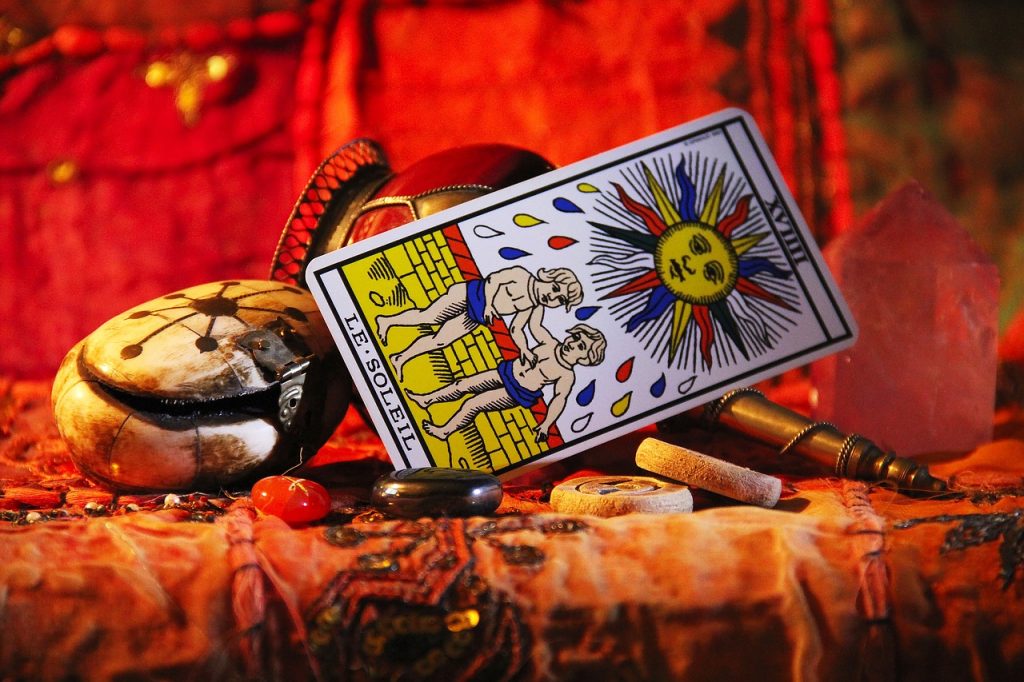
Mastering tarot is a lifelong journey. Here are some tips for continuous learning and growth:
1. Join Tarot Communities
Participating in tarot communities, both online and offline, can provide valuable insights and support. Engaging with others can deepen your understanding and expose you to different perspectives.
2. Attend Workshops and Courses
Look for workshops and courses led by experienced tarot readers. These opportunities can provide hands-on experience and deepen your understanding of advanced techniques.
3. Read Tarot Literature
Explore books and resources on tarot to expand your knowledge. Some recommended titles include “The Tarot Bible” by Sarah Bartlett and “Seventy-Eight Degrees of Wisdom” by Rachel Pollack.
4. Keep a Tarot Journal
Maintain a tarot journal to document your readings, thoughts, and feelings about the cards. Over time, this practice can reveal patterns and insights that deepen your understanding.
Conclusion
Mastering tarot card reading is a rewarding journey that allows you to unlock your inner psychic abilities and tap into your intuition. By understanding card meanings, practicing mindfulness, and incorporating various techniques, you can enhance your readings and use tarot as a powerful tool for personal growth and spiritual guidance.
As you continue your tarot journey, remember that each reading is an opportunity for self-discovery. Embrace the process, trust your intuition, and allow the cards to guide you on your path to enlightenment. Whether you seek clarity, guidance, or self-reflection, tarot has the potential to illuminate your life in profound ways. Happy reading!
